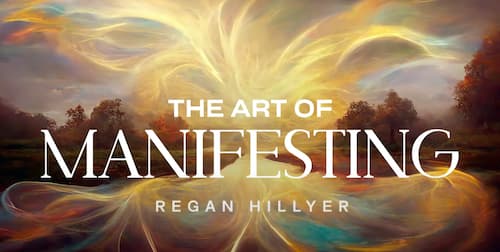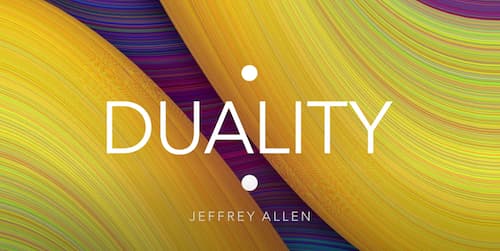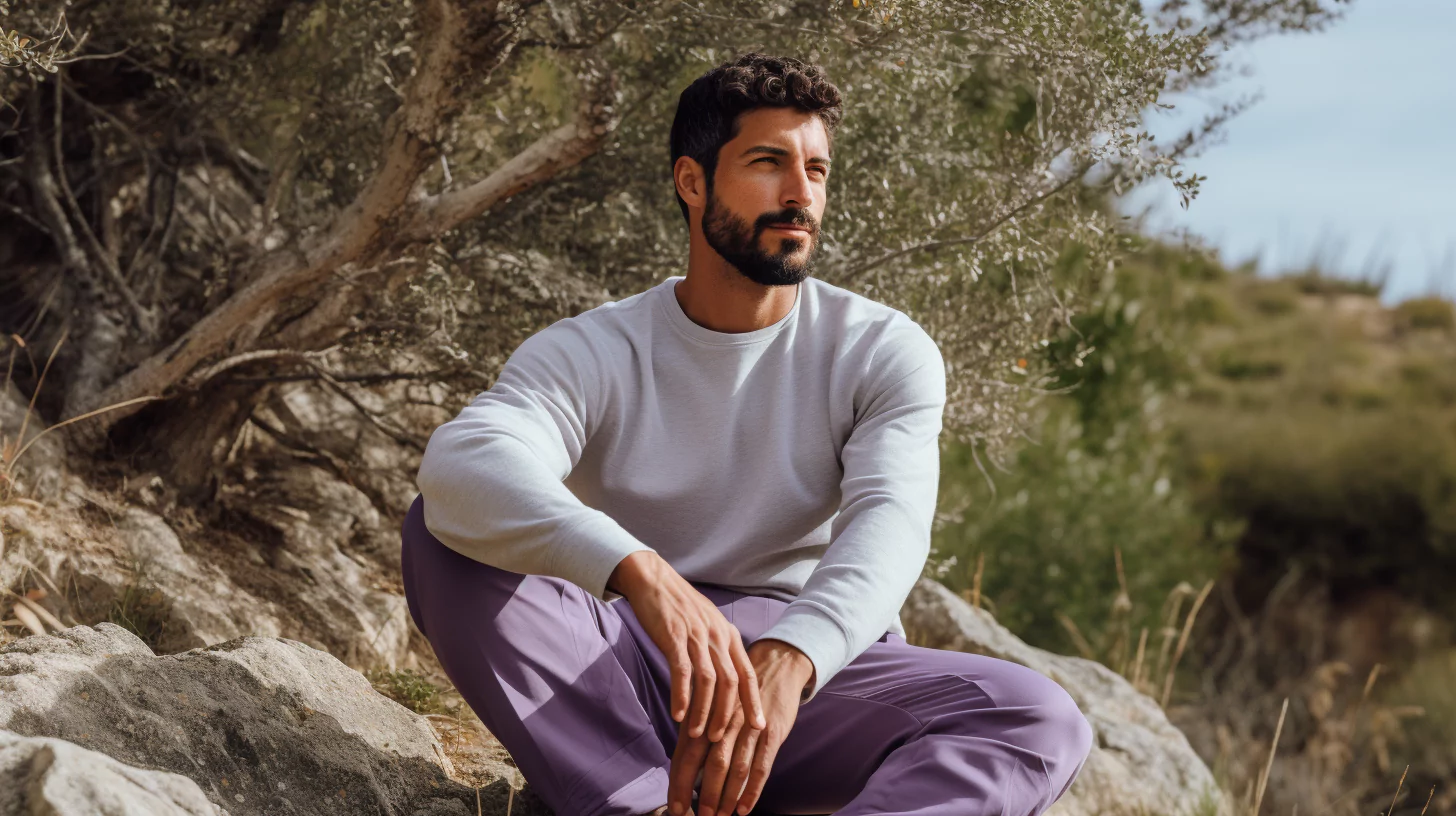Imagine a sanctuary where stress is tamed, daily worries melt away, and a tranquil oasis is within your reach amidst even the most chaotic day. That’s the essence of reiki meditation.
Drawing from the ancient wisdom of reiki healing therapy and meditation, this type of meditation offers the best of both worlds. It can provide the necessary sanctuary for your mind, body, and spirit, paving the way to greater harmony and equilibrium.
What Is Reiki Meditation?
Reiki is the flowing and all-encompassing energy of the Universe. This energy flows through you and all living beings. So reiki meditation is a practice of directing your focus on this energy within and around you.
Through this process, you intentionally feel, connect with, and manipulate reiki energy. This can create tranquility, healing, and vitality in your body, mind, and soul.
The Benefits of Practicing Reiki Meditation
Deep healing reiki meditation blends the transformative powers of meditation and reiki energy. Let’s explore these benefits in detail:
- Reduced stress levels. By activating the body’s natural relaxation response, it overrides the harmful effects of stress hormones. On top of that, according to studies, regular practice can help with anxiety and depression.
- Emotional healing. When trauma occurs, it creates low vibration and blocks the energy flow. So reiki meditation raises your vibration and releases the blocks, allowing you to release unresolved emotions and heal trauma.
- Enhanced self-awareness. This practice enhances your self-awareness on multiple levels: your physical sensations, emotions, and thought patterns. As a result, you make better choices and respond to challenges with greater clarity.
- Energy balancing. Brett Bevell, a modern reiki master and trainer of Mindvalley’s Mastering Reiki for Personal Transformation Quest, calls it an “attunement.” By combining reiki energy with meditation, you harmonize all chakras and the overall life force energy flow.
- Spiritual growth. Reiki meditation enables you to tap into your inner wisdom and explore the energetic nature of yourself and all there is. So it expands your human experience and deepens your connection with the divine.
- Physical healing. The relaxation response induced by reiki meditation activates the body’s natural healing processes. It has also been shown to aid in treating chronic pain and accelerating recovery.
- Deep sleep. As a mind-body therapy technique, meditation calms your mind and body, which naturally improves your sleep quality. In addition, according to a meta-analysis, practicing reiki meditation can also reduce insomnia.
- Self-nurture. By dedicating time to practice, you prioritize your well-being and create space for inner peace and rejuvenation. Regular self-care through reiki meditation can lead to increased self-love, improved self-esteem, and a greater sense of balance in your daily life.
Reiki Meditation Techniques
Reiki meditation techniques encompass a variety of practices that channel life force energy for healing and relaxation purposes. From focusing on the breath to visualizations and reiki symbols, they aim to support your physical, emotional, and spiritual well-being.
1. Reiki Zen meditation
Reiki Zen meditation follows very similar principles to Zen practice. The big difference is the additional focus on intention and reiki energy inside the body.
How to do it:
- Start out by finding a quiet place where you won’t be disturbed. Get into a comfortable position, either sitting or lying down.
- Relax your body and allow your thoughts to flow freely for a while.
- Breathe in through your nose and exhale through your mouth, allowing the breath to push your stomach out. Then exhale and let your stomach sink back down.
- After a few breaths, bring your attention to the inner part of your body. Focus on the feeling of energy flowing through you. Imagine that energy moving through your body, from the top of your head down to the tips of your fingers and toes.
- Focus on this energy as long as you wish, and feel the flow of this energy throughout your body—merely observe its movement.
2. Cleansing
It’s a technique that focuses on flushing out all negative and non-beneficial energy from your body. You can either do this as a separate practice or incorporate it into the reiki Zen meditation process.
If you choose the latter, use it at the beginning.
How to do it:
- Start by either lying down or sitting in a comfortable, quiet place.
- Relax your body and take a deep breath in. While you take this breath in, imagine all the happiness and positivity flooding into your body with this breath.
- Exhale slowly and without force while imagining all the negativity, stress, and weight you are carrying flushing out of your body.
- Do this process several times, and just notice—without any judgment—what is happening.
3. The Center Finger Technique
Mikao Usui, the founder of reiki, taught this technique to his students to improve focus during meditation.
How to do it:
- Place your hands together with each finger touching its counterpart (middle finger on the middle finger, index finger on the index finger, and so on).
- Focus all your energy on the middle fingers and keep that focus throughout your meditation.
- If you find that your focus has wandered off of those fingers, press those fingers together to draw focus back to the fingers and center your attention once again.
4. Reiki meditation symbols
Depending on your purpose, here are the reiki symbols you can use in your meditation:
- Cho Ku Rei, or the power symbol. Use it to accelerate healing, increase power, and promote protection.
- Hon Sha Ze Sho Nen, or the distant symbol. Use it for distant healing, healing karma, and strengthening the spiritual connection.
- Dai Ko Myo, or master symbol. It creates oneness, encourages soul healing, and increases the power of reiki.
- Raku, or the completion symbol. Use it for Kundalini awakening, dantian connection, and chakra alignment.
- Sei Hei Ki, or the harmony symbol. It creates emotional and mental balance and supports addiction recovery.
How to do it:
- Imagine the reiki symbol in your mind and the power that symbol represents.
- Keep that focus and continue your meditation for as long as necessary.
5. Chakra focus reiki meditation
Reiki-based practices are closely connected with the balance of the seven chakras. In reiki meditation, you can align chakras by applying your focus and intention to each energy center.
How to do it:
- Start with the lowest chakra and visualize it while keeping your attention on that area of the body and feeling the flow and energy of the energy center.
- Keep this attention until you feel that the chakra is sufficiently stimulated.
- Move up, one by one, until you have gone through all seven chakras.
Reiki Music
There is a certain type of music that you can use during reiki therapy or reiki meditation, known as reiki music. It utilizes certain frequencies and vibrations, which create a conducive environment for healing energy to flow freely.
The gentle and repetitive nature of reiki music induces deep states of relaxation and aids in quieting the mind and relieving pain.

7 Tips on How to Practice Reiki Meditation
Reiki meditation, at its core, is a practice of mindfulness and energy medicine. As with any other spiritual practice, it’s essential to have a clear intention.
Studies show that intentions direct your behaviors and help you achieve your goals. So here are some other practical tips on how to deliberately practice reiki meditation:
1. Create a sacred space
Find a quiet and peaceful space where you can practice it without distractions.
Set it up with items that create a sense of tranquility, such as candles, crystals, or calming music. Make it a dedicated area that becomes your sacred space for meditation.
2. Get into a comfortable position
Find a comfortable position for your meditation practice so that you can remain still for the duration of it.
You can sit on a cushion or chair with your back straight, or you can even lie down if that helps you relax.
3. Connect with your breath
Your breath is one of the most powerful ways to become more present.
Start your reiki meditation by taking a few deep breaths to center yourself. Focus on the sensation of your breath entering and leaving your body. Allow your breath to become slow, steady, and natural.
This helps calm the mind and brings your attention to the present moment.
4. Activate reiki energy
Gently place your hands on your body, allowing the reiki energy to flow. You can start with your palms resting on your lap or place your hands on specific areas where you feel called to provide healing.
Trust your intuition and let the energy guide you.
5. Practice mindfulness
Shift your focus to observing your thoughts, emotions, and physical sensations without judgment. Allow them to arise and pass without attachment.
Practice being fully present in the moment, bringing your awareness to the sensations in your body and the energy flowing through your hands.
6. Visualize healing energy
While practicing reiki meditation, you can visualize healing energy flowing through your body.
Imagine a warm, glowing light or a stream of vibrant energy entering through the crown of your head and circulating through your entire being. Visualize this energy bringing healing and balance to your mind, body, and spirit.
7. Practice gratitude
As you conclude your reiki meditation, take a moment to express gratitude for the healing and insights you have received. Reflect on the positive effects the practice has on your well-being and cultivate a sense of gratitude for the journey of self-discovery and healing.
Remember, reiki meditation is a personal practice, and it’s essential to listen to your intuition and adapt it to your individual needs. Start with shorter sessions and gradually increase the duration as you become more comfortable.
Consistency is key, so aim to establish a regular practice that works for you.
Living Your Spirituality With Mindvalley
In the pursuit of inner wisdom and healing, we tend to try different tools to unlock our fullest potential and live in alignment with our true nature.
Whether it is mindfulness practices or reiki meditation, the key is to make it a habit. To be more precise, make it your lifestyle or inner state of being that you practice outside of your meditation time.
If you find yourself struggling with integrating spirituality into your daily life, Mindvalley is the right place to be.
Here you will learn how to:
- Incorporate meditation into your daily life with Emily Fletcher’s The M Word Quest,
- Apply energy healing to your body, mind, and spirit with Donna Eden’s Energy Medicine Quest,
- Balance your chakras and manifest your dreams with Anodea Judith’s Chakra Healing Quest, and
- Apply energy tools to every aspect of your life with Jeffrey Allen’s Duality Quest.
And by unlocking your free access, you have the opportunity to try out sample classes from all the quests above and many others.
Welcome in.
—
Images generated on Midjourney.












